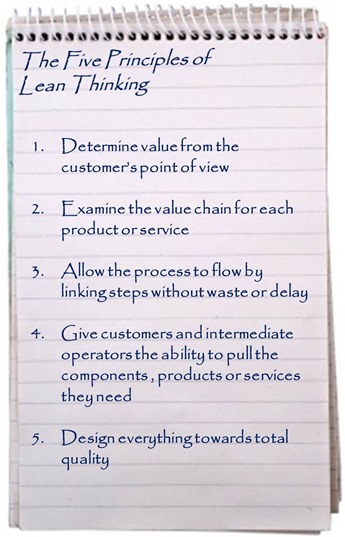Pocketblog has gone back to basics. This is part of an extended management course.
Imagine that you were an Egyptian overseer, responsible for building a great pyramid for your Pharaoh. How would you want to organise things?
- Would you want to start by knowing exactly what your Pharaoh wants?
- Would you want to fully understand every part of the process?
- Would you want to understand how stone moves from being part of the wall of a quarry to a perfectly fitting part of your Pharaoh’s pyramid?
- Would you want to ensure that the giant blocks of stone arrived fast enough so the workers on the ramp always had a stone ready to move up?
- Would you want to make sure stones got up to the top of the ramp fast enough to make sure that they were there as soon as the last stone was placed on the pyramid?
- Would you want to avoid stones arriving too fast and causing a bottleneck?
- Would you want to make sure every stone was perfect to avoid having to stop and find a replacement or re-dress the stone on site?
If your answer is yes to all of those questions, then congratulations: you are instinctively an ancient Lean Manager.
Lean thinking is not new: the ideas have been around for a very long time and accumulated in industry over the years. But there are a few names that are strongly associated with its emergence as a driving force in organisational effectiveness in the last years of the twentieth and early years of the twenty first century.
The thinking was done by the founder of Toyota, Sakichi Toyoda, his son, Kiichiro Toyoda, and their postWW2 production chief, Taiichi Ohno. The Toyodas set out how a production line could work best, avoiding the problems of Henry Ford’s original ‘don’t stop the flow of the line if anything goes wrong – sort it out at the end’ approach. When they could not make it work due to the flaws in their supply chain, it was Ohno who then solved the practical problems.
The message came out in a landmark study by researchers from The Massachusetts Institute of Technology (MIT). This was published in the 1991 book ‘The Machine that Changed the World’ which introduced the world to the term ‘Lean’. Two of its authors: James Womack and Daniel Jones, went on to write a series of influential books, spelling out how to apply the lean principles they had researched at Toyota, starting with ‘Lean Thinking’ and becoming even more practical, with ‘Lean Solutions’.
The Value Chain
At the heart of Lean Thinking is an understanding of the value chain, which we discussed in an earlier post. Lean thinking starts by defining value from the point of view of the end customer for your products or services. When you do this, you usually find that only a small proportion of your activities directly contribute to that value (from the customer’s perspective). The rest – including some parts of what Michael Porter described as Primary Business Activities are only necessary as supporting this value creation.
Performance improvement comes first from eliminating steps and interactions that are not necessary for value creation and then, redesigning those that are to be as effective and efficient as possible. This means less wastage due to delays, re-work, duplication, scrapping below quality products, and oversupply.
The five principles of Lean Thinking are set out below.
Waste
At various points, Lean Thinking decries wastage. The Toyota production chief set out seven sources of waste that destroy value.
- overproduction
- excessive inventory
- defects
- delays
- unnecessary transportation of goods
- unnecessary movement of materials
- unnecessary processing or materials
Where is there waste in your organisation?

In 1997, James Womack founded the Lean Enterprise Institute. Its website is a valuable source of resources for understanding more about Lean thinking.
In our Management Thinkers series, you may like Taiichi Ohno: Lean Production.
From the Management Pocketbooks series:






